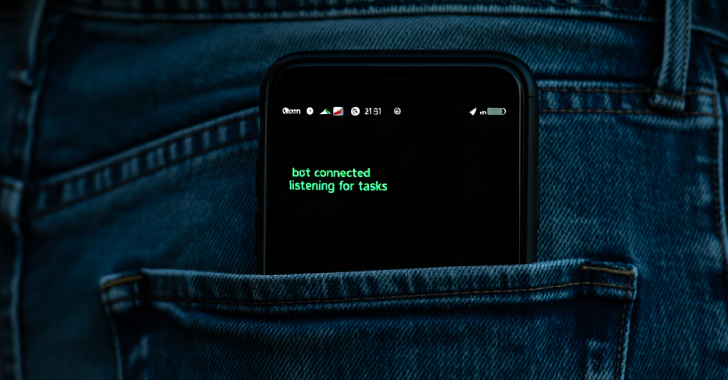
Simplify Your ISO 27001 Risk Assessment
Navigating the intricate web of cybersecurity can often feel like a daunting task for many organizations. Among the plethora of standards and guidelines available, ISO 27001 stands out as a leading international standard for information security management. At the heart of this standard lies the critical process of Risk Assessment. While it may seem overwhelming, this risk assessment process can be simplified to make it more accessible and practical for businesses of all sizes. Let’s delve into the art of simplifying your ISO 27001 risk assessment.
- Understand the Essence of ISO 27001 Risk Assessment
Before diving into the technicalities, it’s vital to grasp the core purpose of ISO 27001 risk assessment. It’s about identifying, assessing, and prioritizing risks related to information security to ensure that your organization can respond effectively. The goal is to strike a balance – protecting sensitive data without overburdening your operations with unnecessary measures.
- Break it Down into Manageable Steps
To streamline the process, break down the risk assessment into distinct, manageable steps:
Identify Assets: Start with listing all assets that store, process, or transmit information. This could range from servers and databases to employee laptops and mobile devices.
Recognize Threats: For each asset, identify potential threats. Think of natural disasters, human errors, malicious attacks, technical failures, and so on.
Determine Vulnerabilities: Identify weaknesses in your assets that could be exploited. This can be outdated software, lack of password policies, or physical security gaps.
Evaluate Impact & Likelihood: For each threat-vulnerability pair, assess the potential impact on the business and the likelihood of that event occurring.
Prioritize Risks: Based on the evaluation, rank the risks. This will guide you on which risks to address first.
- Leverage Automated Tools
Fortunately, as technology has evolved, so too have tools that can help in the risk assessment process. There are various software tools designed specifically for ISO 27001 risk assessments. These tools can automate several steps, such as identifying vulnerabilities, evaluating risks, and suggesting potential mitigation measures. By adopting such tools, you can save time, reduce human error, and ensure a more consistent approach.
- Engage the Right Stakeholders
Risk assessment isn’t just an IT department’s job. Engaging the right stakeholders across different departments ensures a holistic view of risks. Finance, HR, operations, and other units should be involved since they might offer insights that technical teams might overlook. Their diverse perspectives can shed light on threats and vulnerabilities that may not be immediately evident.
- Opt for a Scalable Approach
All organizations, whether small or large, change over time. Your risk assessment process should be scalable to accommodate growth or shifts in business strategy. While it’s essential to be thorough, avoid making the process so cumbersome that it becomes impractical to adjust or repeat as your business evolves.
- Stay Informed & Educate Your Team
The cyber landscape is constantly evolving. New threats emerge, and existing ones mutate. Stay abreast of the latest trends, threats, and best practices. More importantly, ensure that your team, from top management to entry-level employees, is educated about the importance of information security and their role in the risk management process.
- Review & Repeat
Risk assessment isn’t a one-time task. Regularly revisit and review the process, ensuring that new assets, threats, and vulnerabilities are continually being identified and addressed. Depending on the dynamic nature of your business environment, consider conducting risk assessments annually or even bi-annually.
- Document Everything
Documentation is an essential aspect of ISO 27001. From the assets identified to the rationale behind evaluating risks a certain way, ensure everything is well-documented. Not only does this provide evidence of your due diligence, but it also offers a roadmap for future assessments and makes the process more transparent for all stakeholders.
- Seek Expert Guidance
If you’re unsure or feel overwhelmed, don’t hesitate to seek expert guidance. Whether it’s consulting firms specializing in ISO 27001 or industry peers who’ve been through the process, their insights can offer clarity and direction. They can share best practices, common pitfalls to avoid, and even recommend tools and methodologies that have worked for them.
- Celebrate Small Wins
Last but not least, remember that the journey to information security excellence is incremental. Celebrate small milestones, like completing an asset inventory or successfully addressing a high-risk vulnerability. This not only boosts team morale but also builds momentum towards a culture of continuous improvement in information security.
In conclusion, while the ISO 27001 risk assessment might seem like a mammoth task, breaking it down, staying informed, and leveraging the right tools and expertise can make it not only manageable but also a value-adding process. Embrace the journey with a focus on continuous improvement, and soon, you’ll find your organization not just compliant but also more resilient and secure.
Contact Cyber Defense Advisors to learn more about our ISO 27001 Risk Assessment solutions.





